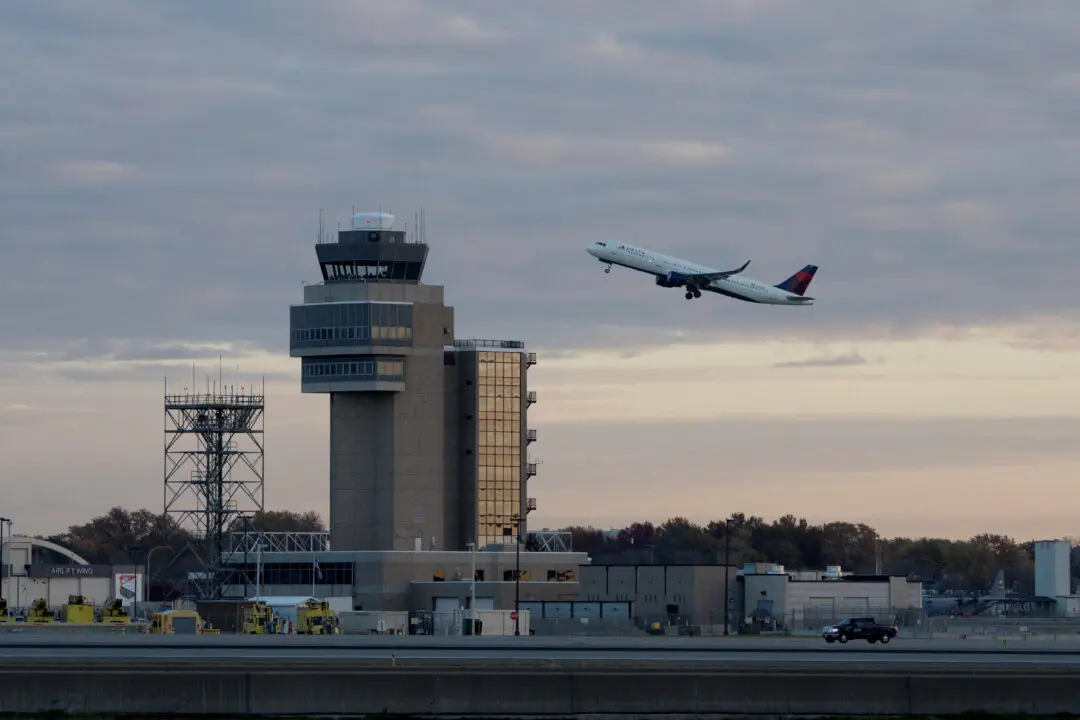The United States has deployed a guided-missile submarine to the Middle East amid escalating tensions arising from the conflict between Israeli forces and the Hamas terrorist group.
An Ohio-class submarine arrived at the U.S. Central Command’s “area of responsibility” on Nov. 5, CENTCOM stated on X, formerly known as Twitter. It didn’t specify the location—although an accompanying photo of the nuclear-powered sub suggests that it was transiting the Suez Canal—or the name of the vessel.





